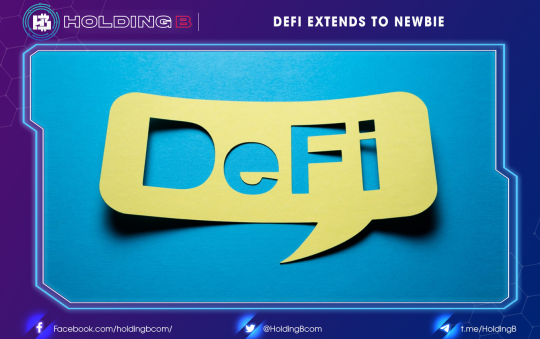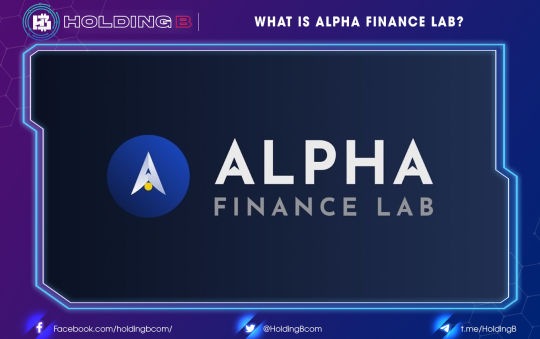As someone who learns about cryptocurrency, have you ever heard of the term “synthetic assets“?
Have you ever wondered which is the pioneering platform to bring synthetic assets to the whole decentralized world? It spent much of 2019 climbing to the top of the DeFi dapp rankings before ending the year with a commitment to transition to a decentralized governance structure.
That answer is Synthetix Network. The value it creates is enormous.
What is Synthetix (SNX)?
Synthetix is a decentralized platform for mining and trading synthetic assets called “Synths,” which are backed by collateral provided by the platform’s users. Trading is conducted on the DEX exchange, its Synthetix Exchange. Here, the Synthetix Exchange allows users to trade directly with a smart contract that maintains adequate liquidity continuously, reducing the risk of slippage.
Who was involved in Synthetix?
Based in Australia, Synthetix started out as a stablecoin project called Havven and was founded by Kain Warwick, the current CEO. Synthetix is currently one of the largest projects in DeFi, with over $180 million worth of SNX tokens locked in the protocol as of December 2019. The CTO is Justin Moses, who is also the Chief Technical Officer of MongoDB.
I will briefly talk about the journey to the name Synthetix from Havven!
Synthetix launched a seed funding round in September 2017 to develop the concept of a standalone stablecoin payment network. They then started their public ICO on February 28, 2018, and by the end of the ICO on March 7, 2018, they had reached their goal of 30,000,000 USD. Havven was renamed Synthetix on November 30, 2018.
Ecosystem of Synthetix
Synthetix Exchange: A place to exchange between synths and SNXs without the need for a third party. A Dapp is a decentralized application for SNX holders to issue synthetic assets (Synths) and join the Synthetix Network.
Dashboard: Provides users with an honest and comprehensive overview of the Synthetix ecosystem.
Two types of tokens in Synthetix
SNX
By mining out synths by mortgaging a corresponding amount of SNX,
Staking and getting rewards from the network when trading Synth to Synth on the Synthetix Exchange To encourage staking and minting of synths, fees generated from trading on the Synthetix Exchange are sent to a pool, where SNX holders can claim their percentage of fees collected.
SYNTHS
Synths are ERC-20 tokens that simulate and track the value of real-world assets.
Synths can be created for different asset classes such as cryptocurrencies, fiat currencies, commodities, equity indices, and stocks. The prices of assets are tracked using Chainlink, a decentralized oracle that collects price data feeds from multiple sources.
All synths are backed by the SNX token. When the SNX owner locks SNX in the Synthetix smart contract protocol, SNX is issued or minted.Since the value of SNX can fluctuate rapidly in either direction, a large collateral ratio of 500% is required to minimize the risk of liquidation. Users can burn synths if they are below the mortgage rate or cast more synths if the ratio is above.
It allows us to convert fiat into a cryptocurrency with value in our local fiat currency and then use it to buy goods and services on decentralized platforms. You don’t have to rely on it. to a third party to hold the collateral.
How does Synthetix work?
Through a comparison between Synthetix and MakerDAO, I will give you a clear picture of how Synthetix works.
Do you guys know the MakerDAO (MKR) platform? It is the DeFi platform that has a total locked token value of $1.49 billion (data as of August 14, 2020) at the top of the list of DeFi platforms, and this number shows no signs of decreasing.
Now, I will briefly talk about a few points about how MakerDAO works so that you can easily imagine the similarities and differences between these two platforms!
When you proceed to lock the collateral into MakerDAO, the processes will be operated through Collateralized Debt Position Smart Contracts (CDPs). CDPs will then lock up users’ collateral, then pay them in stablecoins, or DAI. When wanting to withdraw locked assets, the user must return the received DAI plus the fee.
The Synthetix system is similar to MakerDAO. In Synthetix, SNX is locked to generate sUSD (synthetic USD). USD acts as debt, while SNX acts as collateral. The key difference between Synthetix and MakerDAO is that SNX is collateralized for the ability to generate any synthetic asset, not just limited to sUSD.
And it works like this:
- SNX holders lock up their tokens as collateral.
- Release of Synths: Synths are released to the market against the value of the locked SNX.
- SNX holders who have locked tokens for the above 2 purposes will share a portion of the transaction fee.
Synthetix’s potential development
We can see that since the beginning of 2020, Synthetix has made great improvements. I will give some examples below.
In 2020, Synthetix demonstrated DeFi’s “Money Legos” properties by integrating their sUSD stablecoin with the bZx margin trading platform. You can understand money Legos as connecting and interacting with each other in many different ways, like Lego blocks, with the flexibility of layered buildings that cannot exist in the traditional financial market. It is also the true value of DeFi on Ethereum that stems from its concept of composability.
Or, in the past, Synthetix used a centralized data source or Oracle database management system, which could be easily manipulated and exploited to get accurate information from the outside. Now, they have partnered with ChainLink and Oracle to put information on the blockchain without having to trust a central organization.
But the most awaited feature is the ability to trade stocks like Tesla and Apple on Ethereum—an absolute game changer for DeFi believers everywhere.
In addition to the improvements I mentioned above, in the future, Synthetix will certainly have other improvements to serve users, like the Roadmap Synthetix announced in 2021 with new points such as Optimistics Ethereum, Synthetix V3, debt tokenization, separate debt pools, etc.
See ya in the next article !
Don’t forget to follow useful articles about Crypto Market from team Holding B !!!
- Telegram Channel: https://t.me/HoldingBcom
- Telegram Group: https://t.me/HoldingB
- Website: https://holdingb.com/
- Twitter: https://twitter.com/HoldingBcom
- Facebook: https://www.facebook.com/holdingbcom





